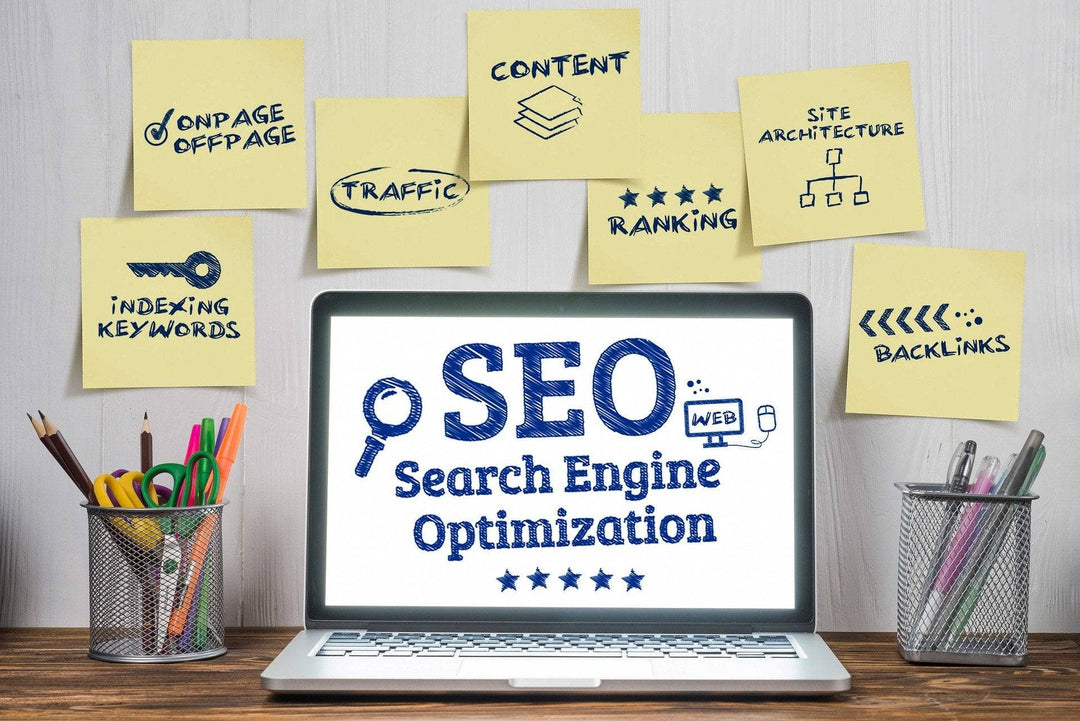Overview
Shopify analytics are essential for e-commerce success, providing real-time data for informed decision-making, customer insights, and effective marketing strategies. Key metrics to track include traffic overview, conversion rate, average order value (AOV), and customer acquisition cost (CAC). By leveraging these analytics for strategic planning, audience segmentation, and goal setting, businesses can enhance their performance and adapt to market changes. Incorporating AI insights and committing to continuous learning further empowers merchants to optimize their strategies and increase sales.
Frequently Asked Questions
1. Why are Shopify analytics important for e-commerce businesses?
2. What key metrics should I track in Shopify analytics?
3. How can I use Shopify analytics to segment my audience?
4. What is the role of AI in enhancing Shopify analytics?
5. How can I set measurable goals using Shopify analytics?
In the world of e-commerce, data is your best friend. With the rise of platforms like Shopify, digital merchants have access to a treasure trove of analytics that can be pivotal in refining strategies and ultimately driving sales. Understanding how to interpret and utilize these analytics is a game-changer for any Shopify store owner. In this article, we'll explore how you can leverage Shopify analytics effectively, ensuring you make the most of your business insights to skyrocket your e-commerce success.
Why Shopify Analytics Matter
Shopify analytics provide you with real-time data about your store performance. This information is crucial for various reasons:
- Informed Decision Making: By understanding how your store performs, you can make adjustments to your marketing and sales strategies based on real data.
- Customer Insights: Delve into customer habits and preferences, allowing you to personalize marketing efforts.
- Enhanced Marketing Strategies: Determine which campaigns are most effective and invest your resources wisely.
- Inventory Management: Keep track of what sells and what doesn’t, helping you manage stock levels adequately.
The Core Metrics to Track
When diving into Shopify analytics, several key metrics stand out. Understanding these will lay the foundation for enhancing your store’s performance:
Traffic Overview
Your traffic overview provides insights into how many visitors are coming to your site, where they are coming from, and what pages they’re visiting. This metric is essential for identifying which channels are driving the most traffic to your store.
Conversion Rate
The conversion rate is crucial as it tells you the percentage of visitors who are making purchases. A low conversion rate may indicate issues with your product pages or checkout process. Analyzing this metric can guide you in creating a more seamless shopping experience.
Average Order Value (AOV)
Your AOV is the average amount each customer spends per transaction. Increasing this figure is an excellent way to boost sales without needing to increase your customer traffic. Use upsells and cross-sells effectively to enhance this metric.
Customer Acquisition Cost (CAC)
Understanding how much you spend to acquire a customer through marketing and advertising can help you assess the effectiveness of your strategies. Keeping this cost low while maintaining a solid conversion rate is key to profitability.
Utilizing Shopify Analytics for Strategic Planning
Now that you understand what to track, the next step is effectively utilizing this data for strategic planning.
Segmenting Your Audience
Shopify analytics allow you to segment your audience based on various demographics. By understanding your customer base better, you can tailor marketing efforts specifically to each segment. For instance, launching targeted email campaigns or exclusive offers can lead to increased engagement and higher sales.
Identifying Your Best-Selling Products
Your analytics can help you pinpoint which products are performing best. Once you identify these items, you can focus on promoting them through your marketing channels, as they already have a proven track record of successful sales.

Optimizing Your Marketing Channels
Use the data from your traffic sources to determine which marketing channels yield the best results. Whether it’s social media, email marketing, or paid advertising, invest more into the channels that are driving the highest traffic and conversions.
Applying Shopify E-Commerce Training
If you're looking to delve deeper into this realm of data-driven decision making, consider engaging in Shopify e-commerce training. This specialized training will provide you with the skills and knowledge necessary to analyze and interpret Shopify analytics efficiently. With expert guidance, you’ll learn to maximize the benefits of analytics, ensuring you’re not just collecting data but using it to drive your store's success effectively.
Setting Goals and Measuring Success
Setting concrete goals is essential for tracking growth and development. Utilize your analytics to set realistic and quantifiable objectives for your store. Here’s how this can be done:
- Define KPIs: Key Performance Indicators (KPIs) can vary depending on your business focus. Common KPIs include sales numbers, website traffic, return on investment (ROI), and customer retention rates.
- Regular Check-Ins: Make it a habit to review your analytics regularly. Weekly or monthly check-ins can provide you with essential insights on whether you’re on the right path.
- Adjust Strategies as Needed: Don’t hesitate to pivot if the data suggests it’s time for a change. Flexibility is key in responding to market shifts.
Making Data-Driven Decisions for the Future
As an e-commerce owner, it’s essential to look toward the future and think about how you can continually evolve your business. The insights gleaned from Shopify analytics can inform various future decisions:
Product Development
Customer feedback and purchasing trends can guide your future product offerings. Consider developing products that align with your customers' preferences and purchasing patterns.
Customer Experience Improvements
Utilize analytics to pinpoint areas on your site that may cause issues or confusion. Improving the user experience can lead to higher conversion rates and increased customer satisfaction.
Long-Term Marketing Strategies
Evaluate the effectiveness of your marketing strategies over time. Long-term data will provide a clearer picture than short-term campaigns, enabling you to invest in strategies that work best for your business.
Advanced Tips for Leveraging Perplexity for Shopify Sites
To truly harness the power of your Shopify analytics, consider integrating tools and resources that enhance your data analysis efficiency. One such tool is perplexity for Shopify sites. This advanced method can help you uncover hidden patterns and correlations within your e-commerce data.
Utilizing AI Insights
Incorporating artificial intelligence into your analytical approach allows for a deeper understanding of data trends and customer behaviors. AI tools can analyze vast amounts of data faster than traditional methods, providing you with actionable insights that keep you ahead of the competition.
Continuous Learning and Adaptation
The e-commerce landscape is ever-changing, requiring businesses to stay ahead of trends and technology. Commit to continuous learning and improvement, adapting your strategies based on the fresh insights and changes within your niche.
Bringing It All Together
Your journey in the world of e-commerce doesn’t end with launching your store. Mastering Shopify analytics is vital for sustained growth and success. By tracking key metrics, utilizing specialized training, and leveraging advanced tools like perplexity for Shopify sites, you will set your business on a path to unprecedented success. The informed decisions you make today, powered by data, will create a solid foundation for your future in the competitive landscape of online retail. Embrace the power of analytics, and watch your sales soar!
Linked Product

Shopify Digital Marketing Workshop / 2-day Intensive Class
The Shopify Digital Marketing Workshop is a comprehensive, two-day program that focuses on practical skills to enhance your e-commerce store’s online presence. Participants will learn how to effectively utilize Shopify analytics to understand customer behavior and optimize marketing strategies. This workshop is ideal for anyone looking to leverage data-driven insights to increase sales and improve overall store performance.
View Product





Leave a comment